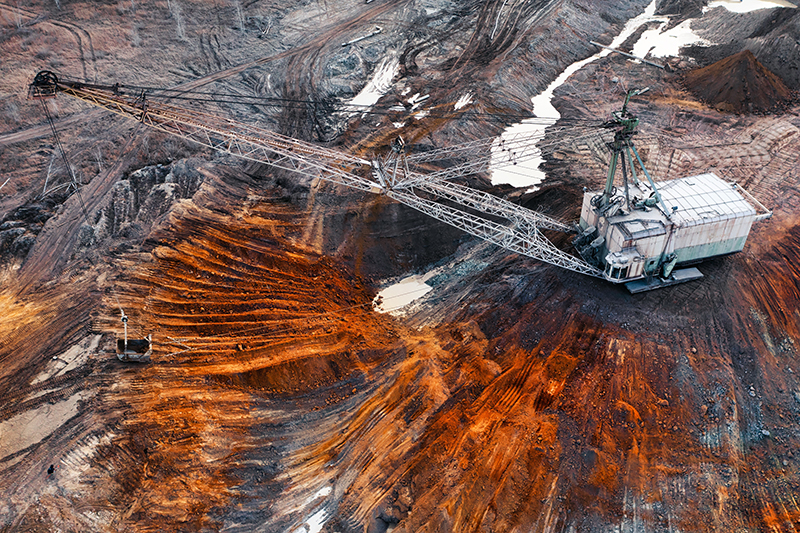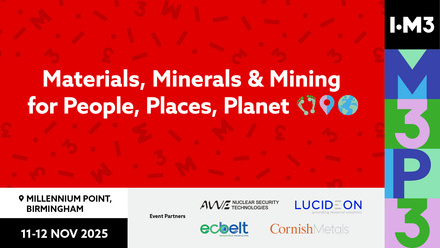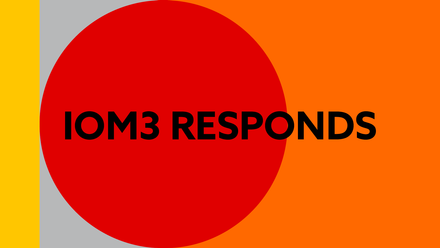EY report explores risks and opportunities for mining and metals
The survey of senior leaders from all the key geographies across the sector shows that companies are grappling with meeting demand for minerals and metals, while maintaining capital discipline, achieving sustainable mining and meeting elevated stakeholder expectations.

The energy transition continues to disrupt the mining and metals sector and drive the leadership agenda, according to the EY top 10 business risks and opportunities survey for 2025.
This trend, along with the need to maintain capital discipline, has elevated capital to the #1 risk for 2025.
Mining companies are under increasing pressure to manage capital effectively while making strategic investments in growth.
Every respondent (100%) said they expect to actively pursue one of the following initiatives in the next 12 months - mergers & acquisitions (M&A); divestments or spin-offs or initial public offerings (IPOs); or joint ventures or strategic alliances with third parties.
The continuing focus of miners on M&A needs to shift to building new mines which will inevitably reduce returns in the short term.
Lee Downham, EY EMEIA Mining & Metals Leader, says, 'What’s clear from this year’s study is that capital has emerged as the number one risk for mining companies, signaling a need to shift gears. Miners must move from focusing solely on short-term returns to prioritising long-term value creation. While they have a strong track record of capital discipline, it's now crucial to balance this with strategic investments that drive sustainable growth.'
Meanwhile, as environmental stewardship takes centre stage, mining companies are prioritising nature-positive initiatives to meet growing investor expectations.
Waste management has also become a key area of scrutiny from investors. This year, the focus on waste is broader than just tailings, with progressive miners capturing value through improving mining performance, implementing closed-loop processes to minimise waste, and reprocessing mining waste.
The commitment by International Council on Mining and Metals (ICMM) members to nature-positive goals has also driven greater attention to biodiversity, water management and other critical ESG issues across the sector.
Two new risks on this year’s radar – resource depletion and new projects – show that leaders understand the need for change.
Resource depletion, ranked #4, and new projects, ranked #8, driven by soaring demand for minerals and rising exploration and construction costs.
Achieving global decarbonisation targets by 2050 will require a significant increase in the number of mines and volumes produced.
The report notes that, over the next 30 years, we will need to mine more than we have over the last 70,000 years. However, capital raised for exploration has declined by 4% year-on-year, with budgets favouring gold over critical minerals like copper.
Lack of new discoveries and long permitting times add further complexity to the situation and put the energy transition at real risk.







